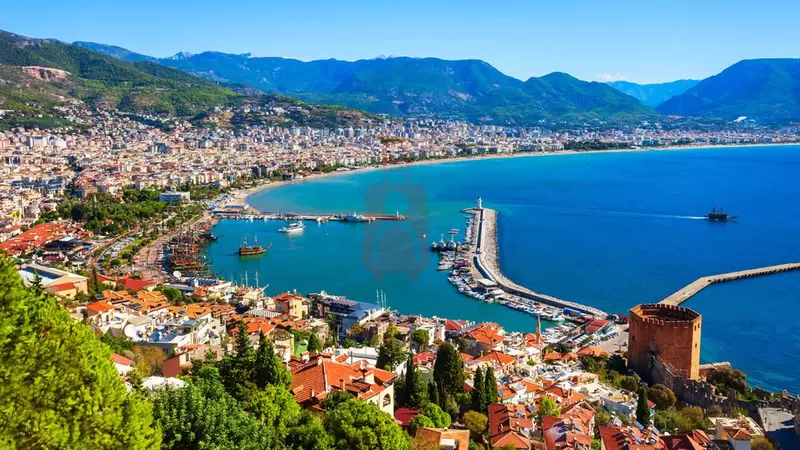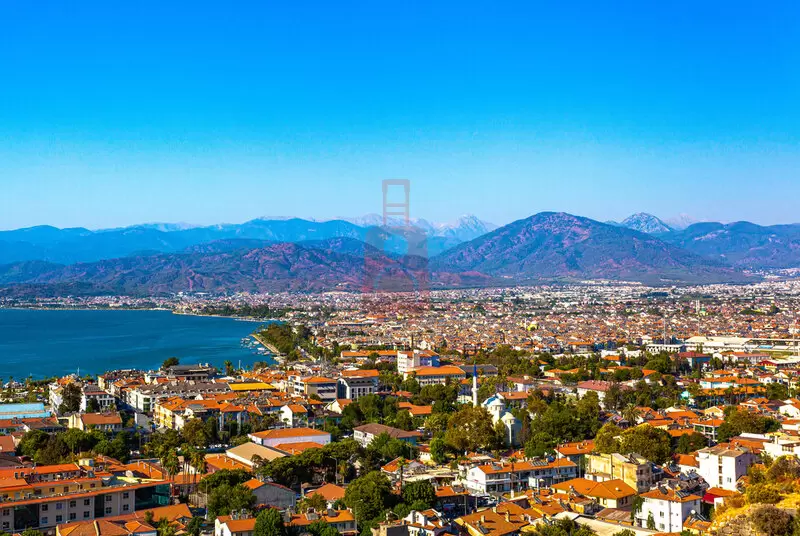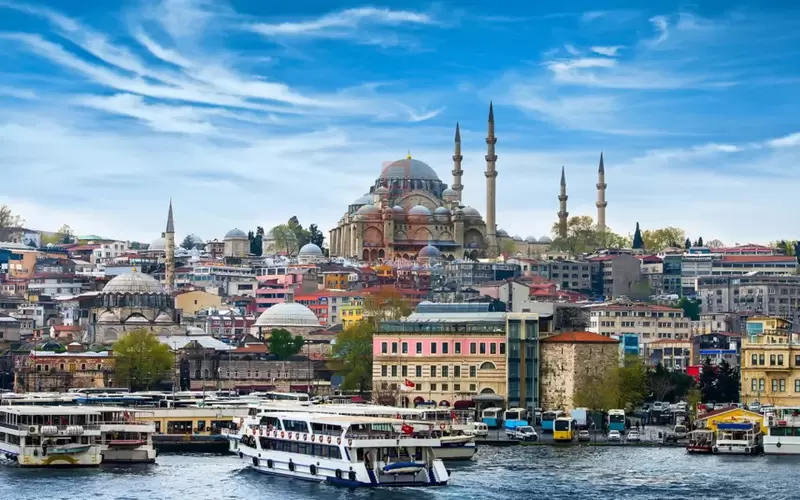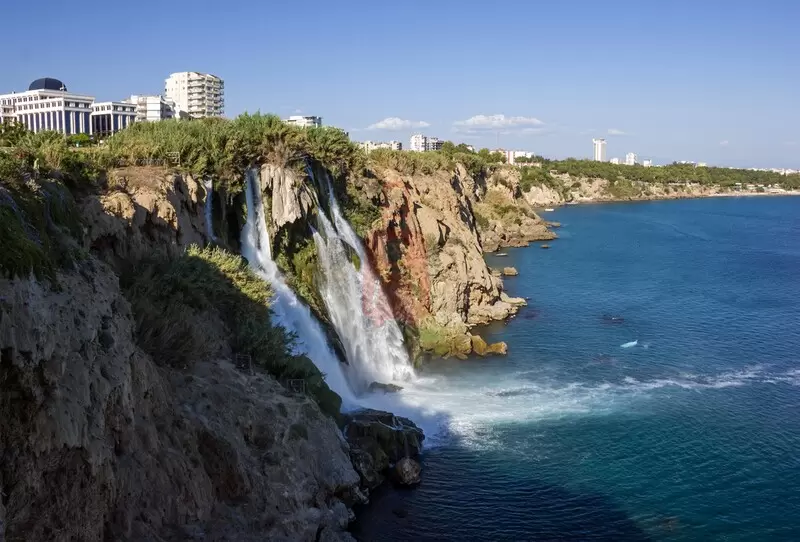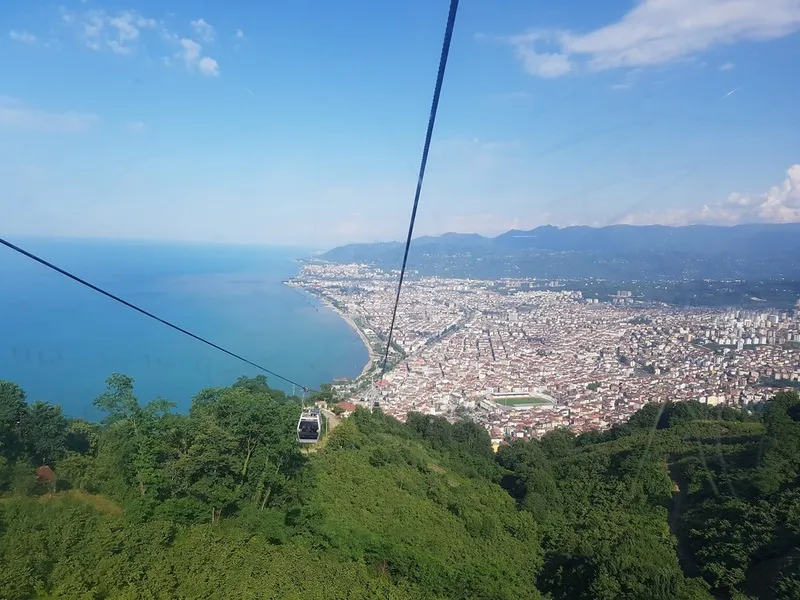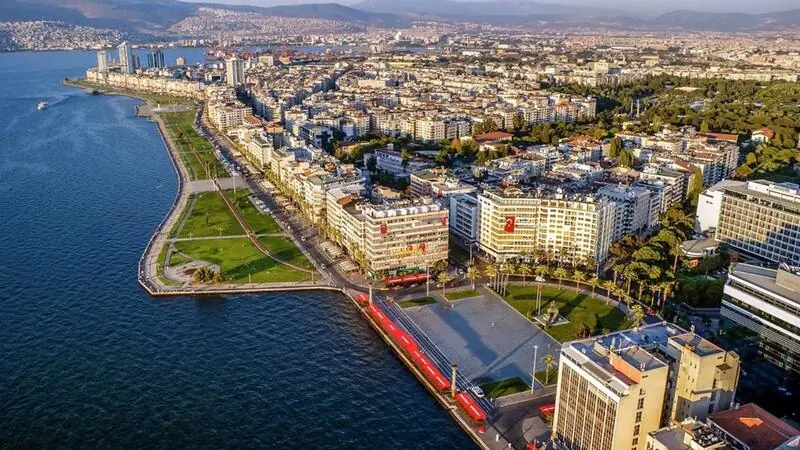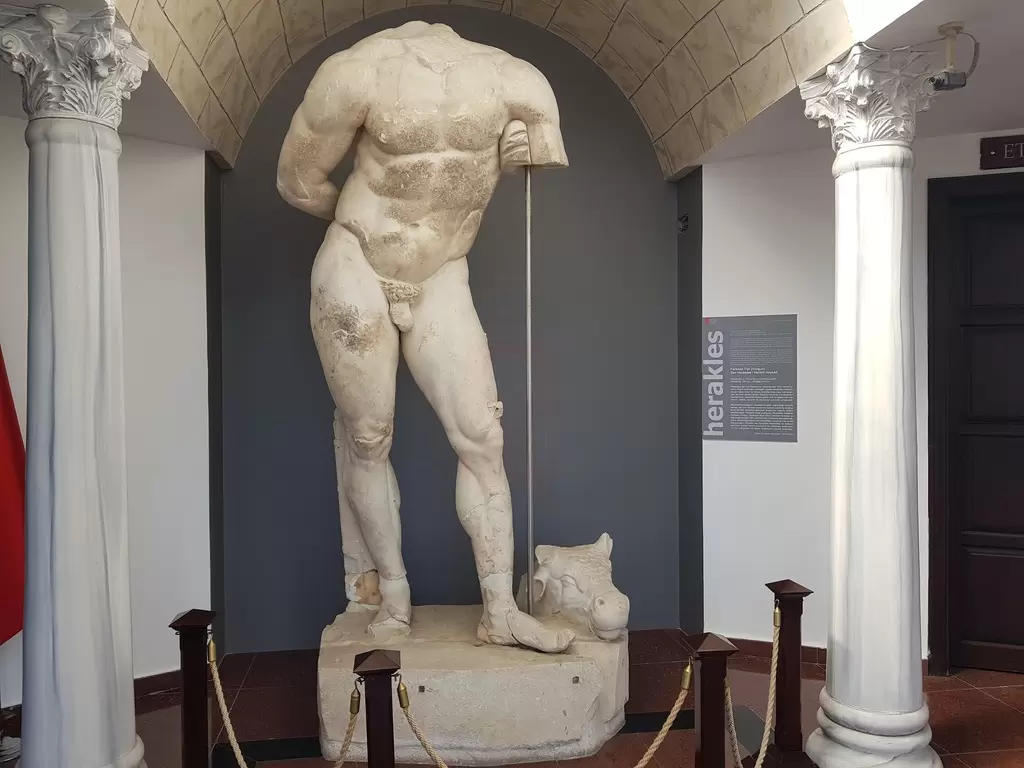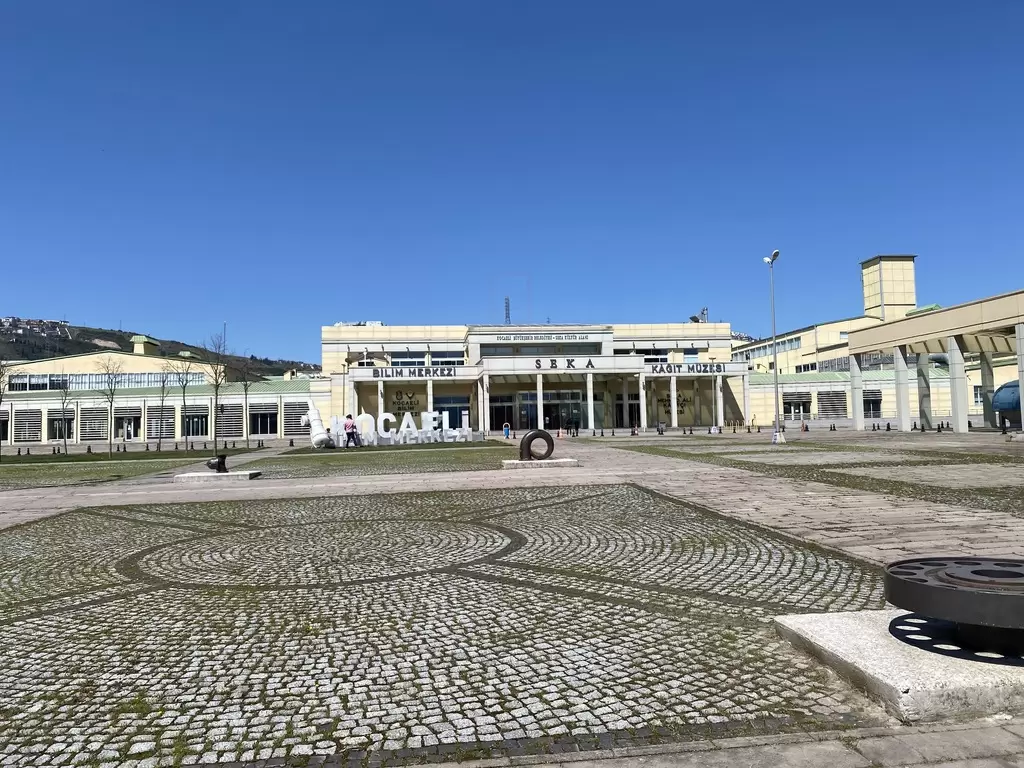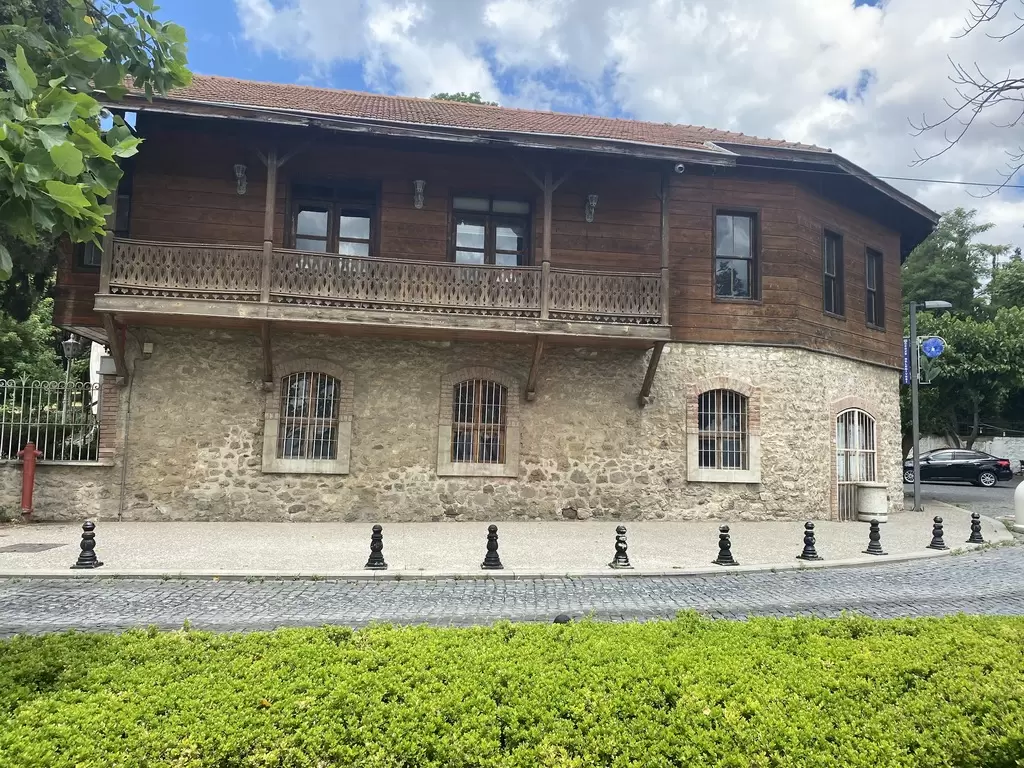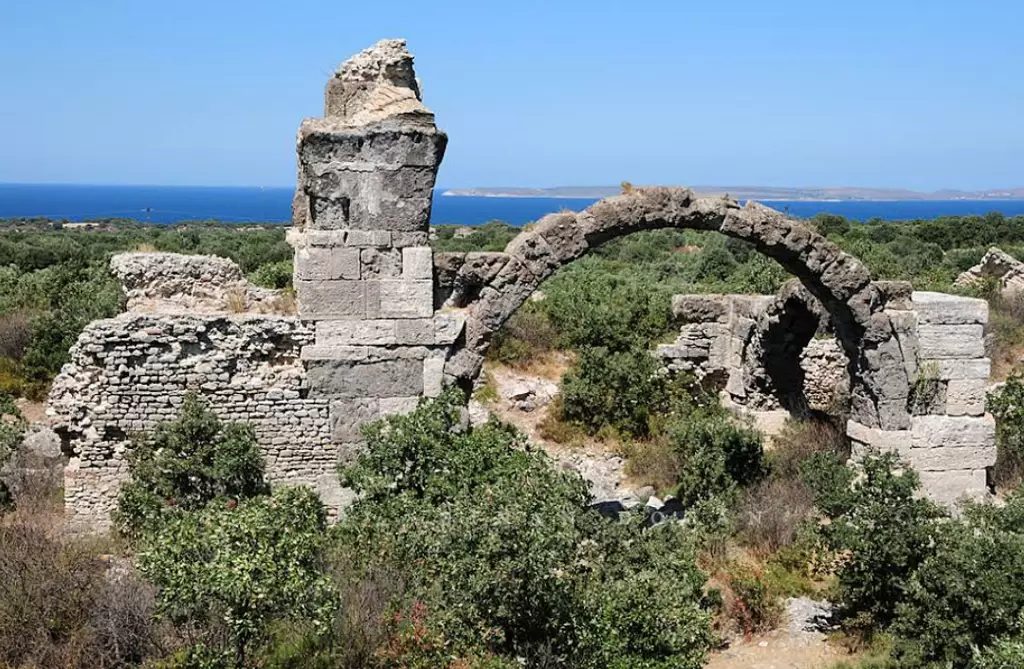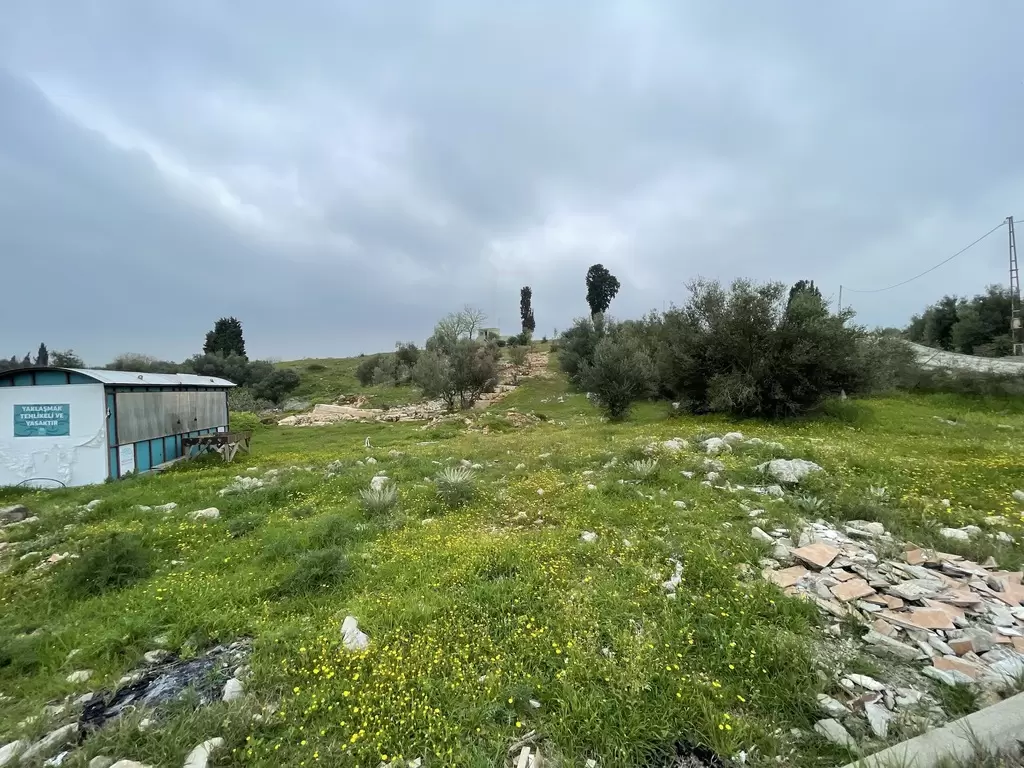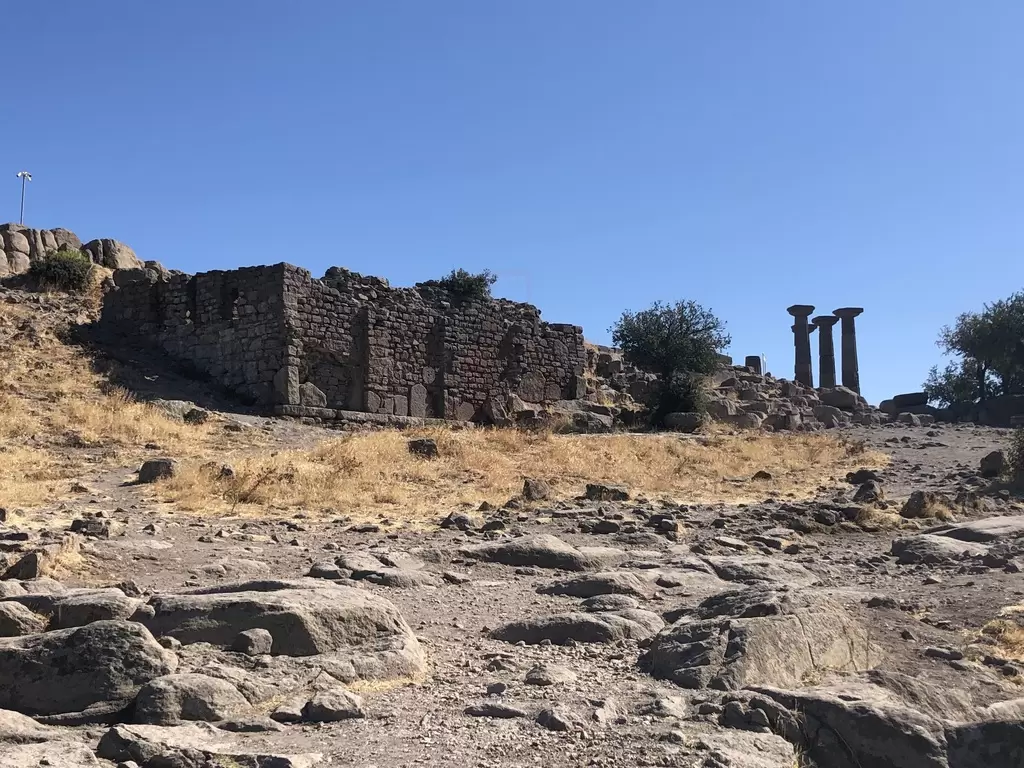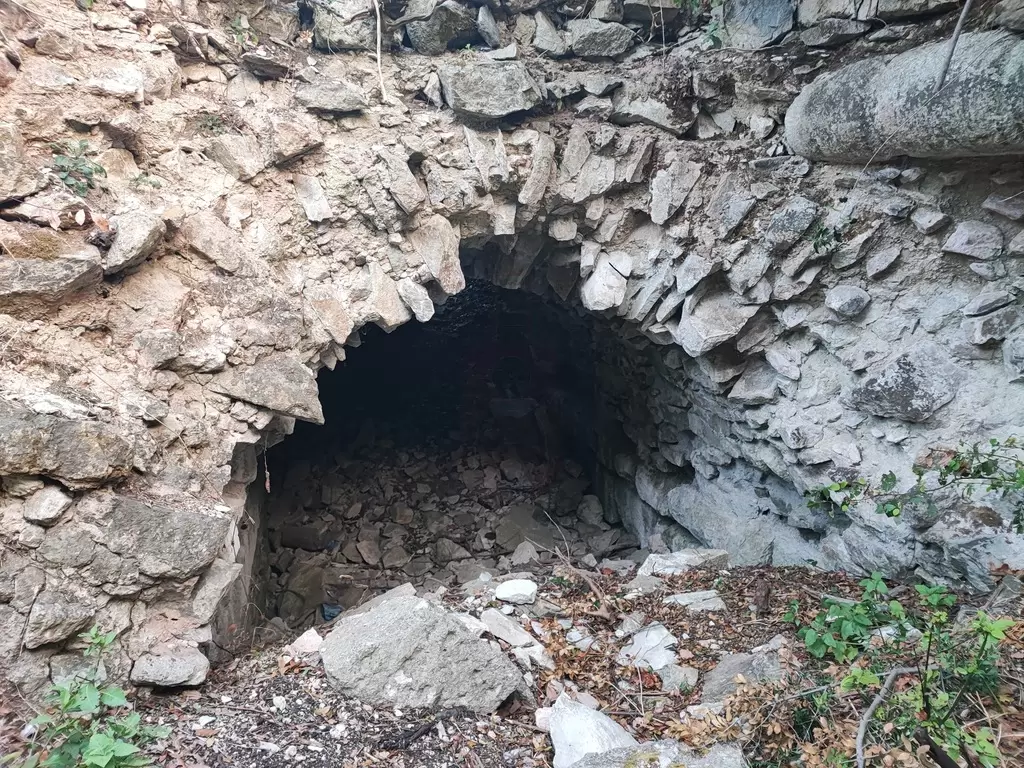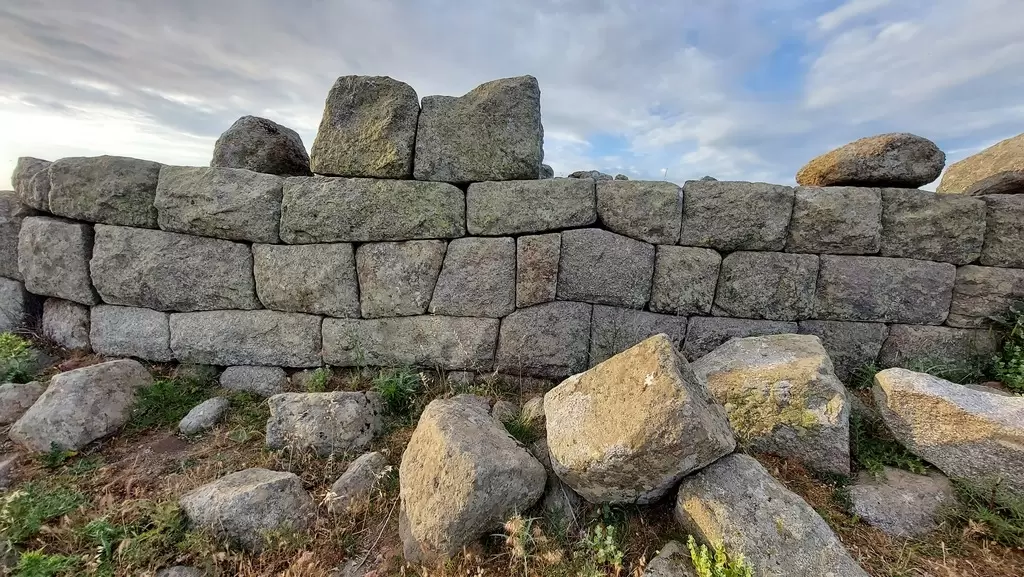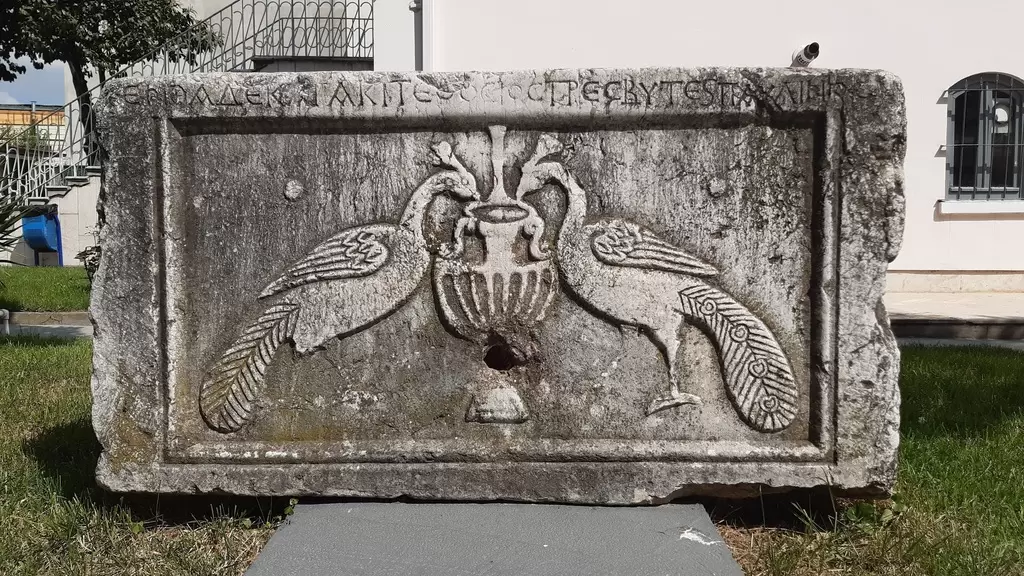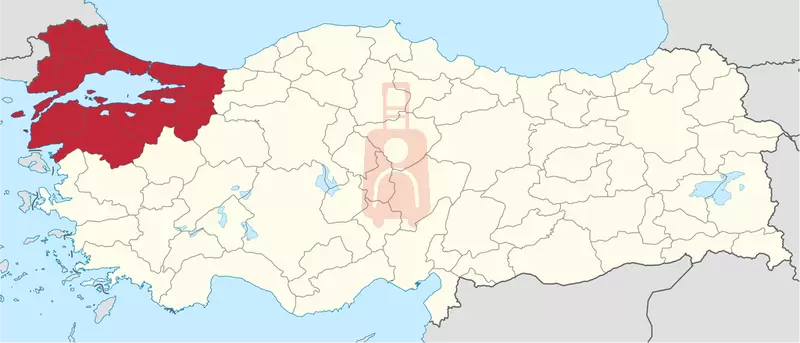
Major Cities:
- Istanbul: As the largest city in Turkey and the region's economic and cultural center, Istanbul is situated on both sides of the Bosporus Strait, connecting Europe and Asia. It is known for its rich history, stunning architecture, and diverse population.
- Bursa: Located southeast of Istanbul, Bursa is known for its historical significance as the first capital of the Ottoman Empire. It is renowned for its well-preserved Ottoman architecture, thermal baths, and ski resorts on nearby Mount Uludağ.
- Edirne: Situated near the borders of Greece and Bulgaria, Edirne was the second capital of the Ottoman Empire. It is famous for its grand mosques, historic bridges, and the Selimiye Mosque, a UNESCO World Heritage site.
- Çanakkale: Positioned on the southern coast of the Dardanelles Strait, Çanakkale is a historically significant city due to its proximity to the Gallipoli Peninsula, where the Gallipoli Campaign took place during World War I. It is a popular tourist destination, particularly for those interested in history and archaeology.
Economy:
The Marmara Region is the most developed and industrialized region in Turkey. It contributes significantly to the country's economy through various sectors such as manufacturing, finance, trade, and tourism. Istanbul, in particular, serves as a major economic hub, hosting numerous national and international companies.
Tourism:
The Marmara Region boasts numerous historical and cultural attractions, attracting both domestic and international tourists. Istanbul's iconic landmarks, including the Hagia Sophia, Blue Mosque, Topkapi Palace, and Grand Bazaar, are major draws. Other notable tourist destinations include the ancient city of Troy in Çanakkale, the thermal baths of Bursa, and the Gallipoli Peninsula, which holds great historical significance.
Transportation:
The Marmara Region benefits from an extensive transportation network. Istanbul is a major transportation hub, with two international airports (Istanbul Airport and Sabiha Gökçen Airport) and a well-developed public transportation system that includes metro lines, buses, and ferries. The region is also traversed by highways and railways that connect it to other parts of Turkey.
Natural Features:
The Marmara Region has diverse landscapes, including coastal areas, mountains, and fertile plains. Mount Uludağ near Bursa is a popular destination for winter sports enthusiasts. The region is also known for its picturesque coastline along the Sea of Marmara and the Princes' Islands, a group of small islands that offer a peaceful retreat from the bustling city life of Istanbul.
Cultural Significance:
The Marmara Region has a rich cultural heritage shaped by various civilizations throughout history, including the Greeks, Romans, Byzantines, and Ottomans. It is home to numerous historical sites, archaeological ruins, and museums that reflect this diverse heritage.
Overall, the Marmara Region of Turkey offers a blend of historical, cultural, and natural attractions, making it a captivating destination for visitors.
Here are some key travel tips for visiting the Marmara Region in Turkey:
- The Marmara Region encompasses the area surrounding the Sea of Marmara, including Istanbul and Bursa. It's the most populated and developed area of Turkey.
- Istanbul is the largest city in the region and has countless historic sites, museums, markets, restaurants, and more to explore. Top attractions include the Blue Mosque, Hagia Sophia, Topkapi Palace, Grand Bazaar, and Spice Bazaar.
- Bursa was the first capital of the Ottoman Empire and is known for its hot springs, mosques, and bazaars. Make sure to visit the Grand Mosque, Green Mosque, and Silk Market (Kozahan).
- The Princes' Islands are a group of nine islands in the Sea of Marmara that make for a nice day trip from Istanbul. Büyükada is the largest and most popular island to visit.
- Yalova and Çanakkale are port towns with ferry access to the Princes' Islands and Dardanelles respectively. They serve as more laid-back alternatives to Istanbul.
- Iznik is famous for its production of the colorful Iznik tiles and ceramics found in many Ottoman-era mosques and palaces.
- Getting around: Ferry, bus, train, and flight connections are very convenient between cities in this region. Public transportation within Istanbul is excellent as well.
- The best times to visit are Spring (April-May) and Fall (September-October) when the temperatures are milder. Summers are quite hot.
